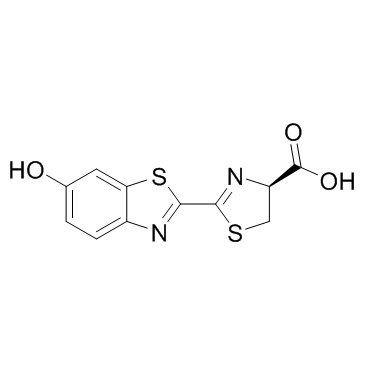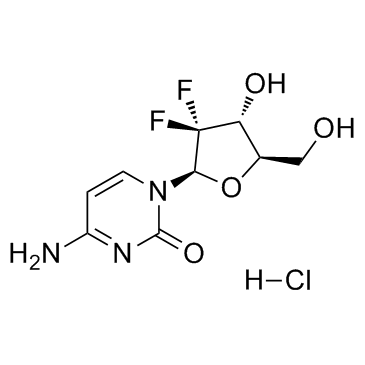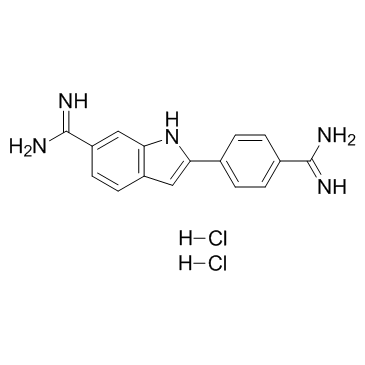| Structure | Name/CAS No. | Articles |
|---|---|---|
 |
Sodium hydroxide
CAS:1310-73-2 |
|
 |
Potassium
CAS:7440-09-7 |
|
 |
3-Ethyl-2,4-pentanedione
CAS:1540-34-7 |
|
 |
potassium hydride
CAS:7693-26-7 |
|
 |
D-Luciferin
CAS:2591-17-5 |
|
 |
Gemcitabine HCl
CAS:122111-03-9 |
|
 |
4',6-Diamidino-2-phenylindole dihydrochloride
CAS:28718-90-3 |